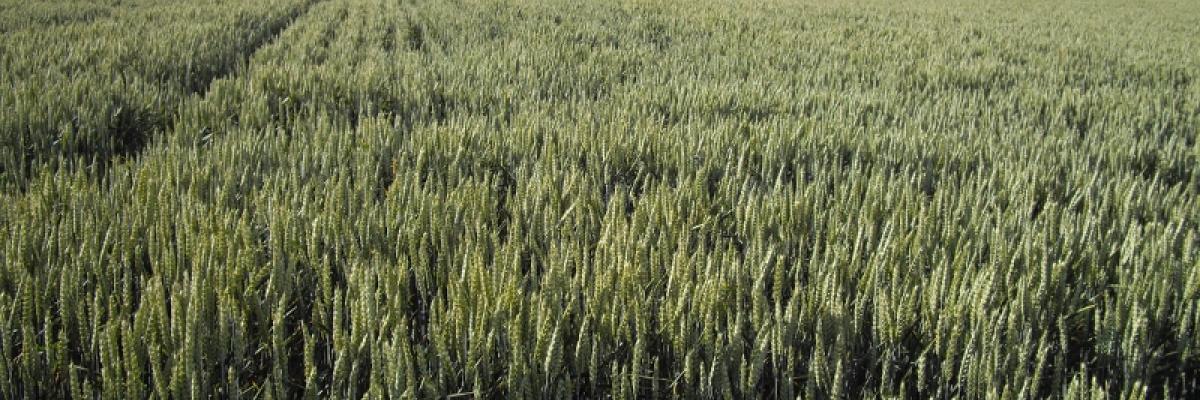

Organic Arable Production: Rotations
Factsheet
Factsheet
Download the PDF
Resource explained:
This document outlines how crop rotations can help to build soil fertility, meet the nutritional requirements of a sequence of crops, limit the spread of diseases, control weeds and break pest lifecycles, thereby reducing the need for chemical interventions such as herbicides, pesticides and artificial fertilisers. Various principles are considered in establishing a rotation and so the rooting depth, weed susceptibility and nutritional requirements of each crop must be considered. This document provides an overview of these principles and includes some example rotations.
Findings & recommendations:
- Crop rotations help to build soil fertility and meet the nutritional requirements of a sequence of crops
- They also help to limit the spread of diseases, control weeds and break pest lifecycles
- For some soil-borne diseases, rotations with a sufficient break between susceptible crops are the only effective control
- Livestock can be included in a crop rotation to help with the fertility-building phase
- Generally the following principles should be applied when planning a crop rotation:
- Shallow-rooted crops follow deep-rooted crops
- High root-mass crops follow low root-mass crops
- Weed-susceptible crops follow weed-suppressing crops
- Nitrogen-demanding crops follow nitrogen-fixing crops.
- Many rotations include the use of green manures to help build fertility, provide cover and prevent nutrient leaching. They may need to be topped before being ploughed in
- Rotations should be designed with the soil type in mind; not all systems will suit all situations
